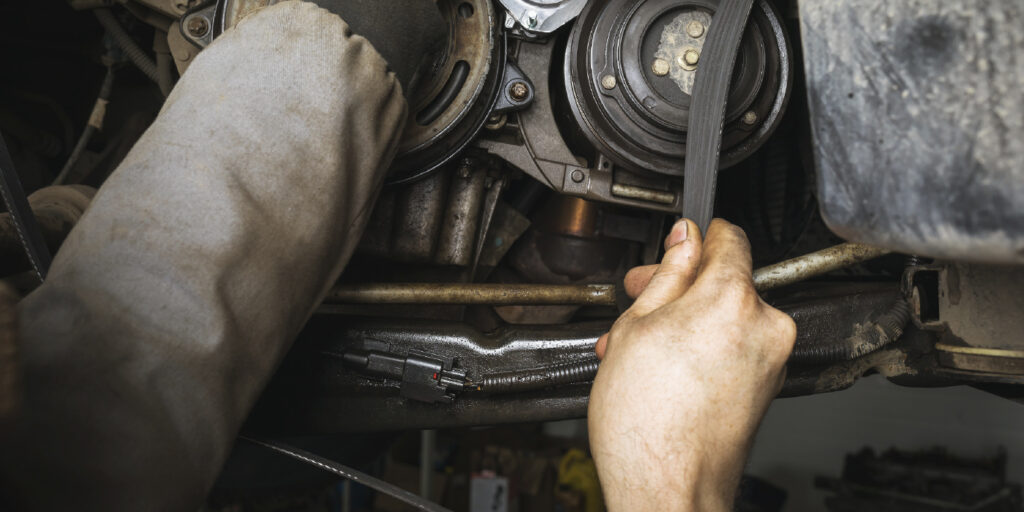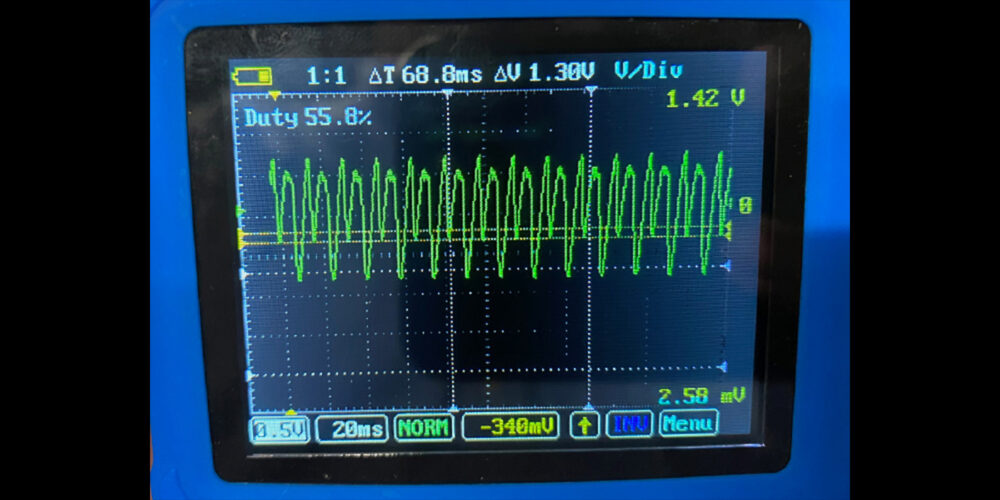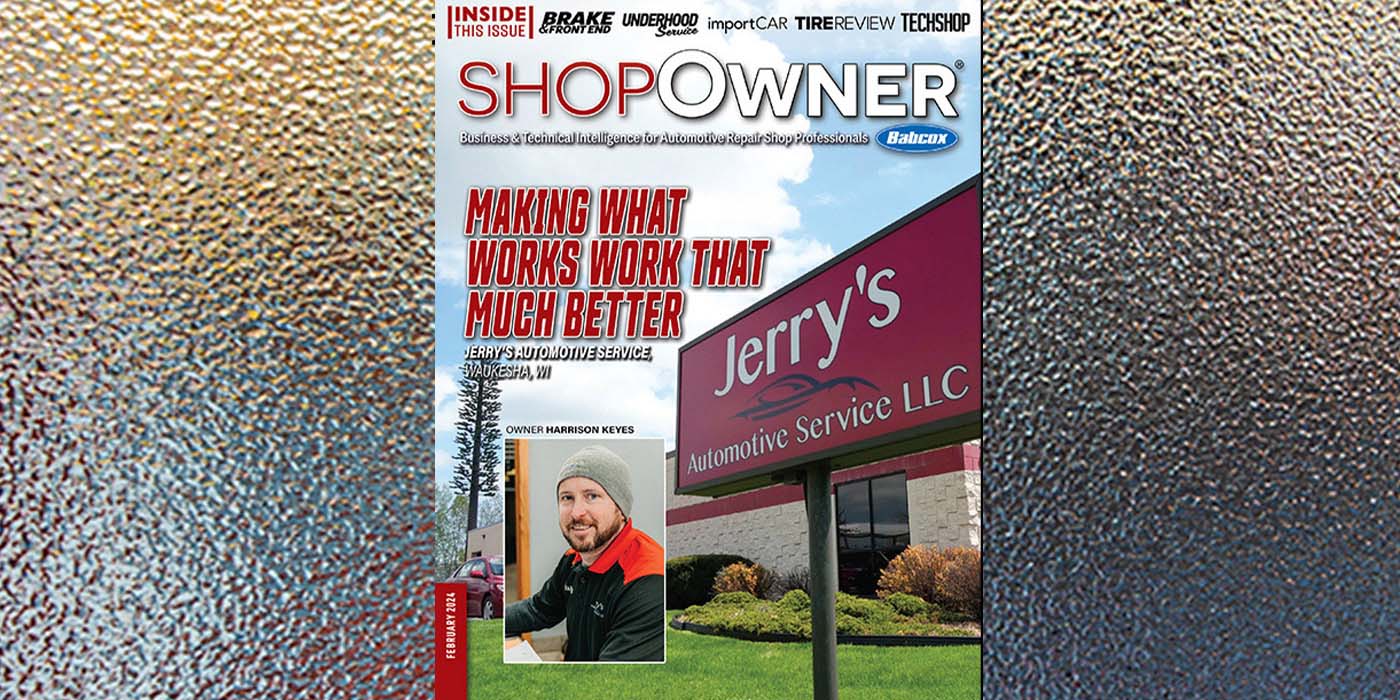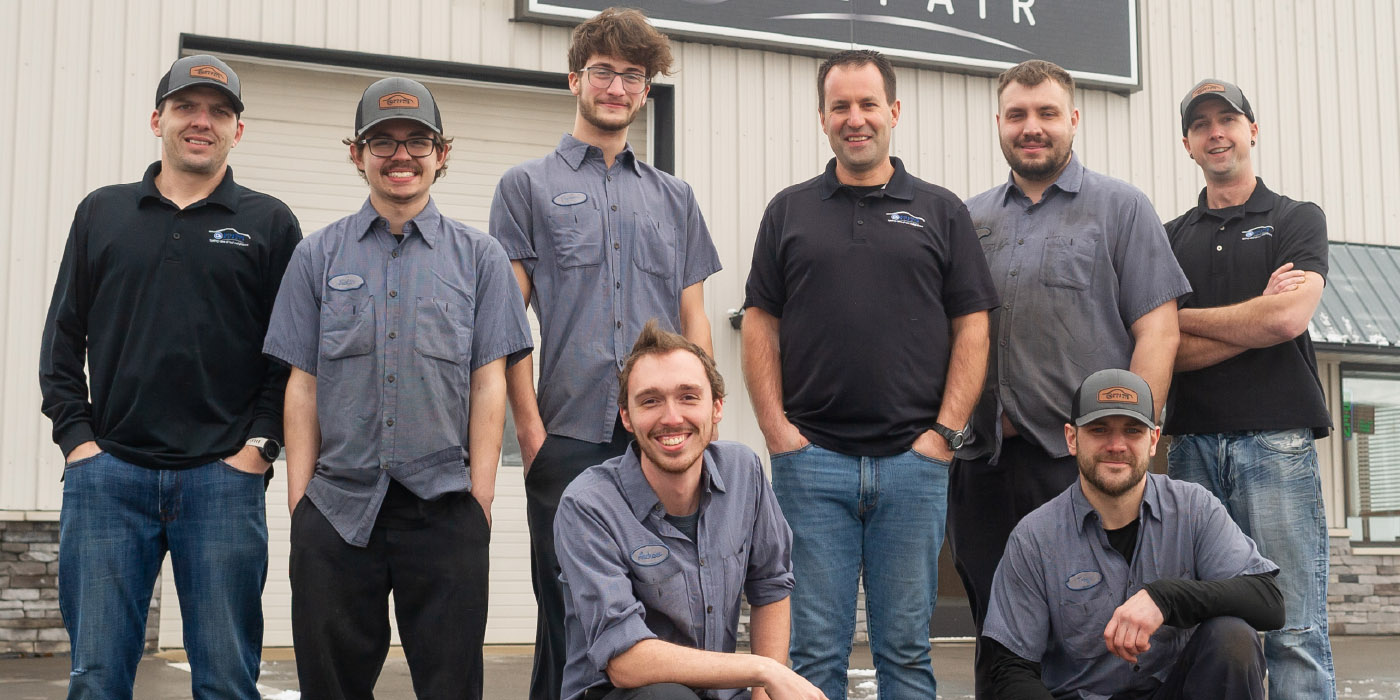Servicing the serpentine belt on some vehicles is a tough task. It is almost impossible without the right tools. These tips can help your techs get through the process more effectively, efficiently and economically.
1. DON’T FIGHT IT
If you are still fighting belt tensioners with a 3/8˝ breaker bar and wrenches, there are better solutions. For under $100, there are serpentine belt kits that can help you get the right angle and attachment point on a tensioner to remove the old belt and install the new belt.
2. GOING STRAIGHT
Pulley alignment tools can help you rule out belt wear issues. Knowing belts operate in the same plane is critical to making sure the new belt will last just as long as the first.
If the crankshaft pulley is misaligned more than 1/16-inch, the two adjacent pulleys (check the belt and OE specifications), the outer ring or the harmonic balancer may have shifted and is now separated from the inner ring.
Using a straight edge to check the height of the pulleys can save a comeback. Flimsy metal rulers will not cut it, so try to find a machinist’s straight edge.
It is also a great tool to have if you do a lot of power steering pump or A/C compressor replacement jobs.
3. PULLERS
If a pulley is misaligned, it can damage a new belt very quickly. Once you find the component that is no longer in the same plane as the crankshaft pulley, you may have several options to adjust a pulley or component.
Some power steering pumps pulleys can press or pull the shaft to different heights so that the grooves match the other components. Alternator pulleys are typically not adjustable. For some vehicles, it is possible to adjust the alternator alignment with spacers on the bracket to change the depth of the pulley.
4. GROOVE GAUGE
Belt manufacturers have simple gauges that can measure groove depth to determine if a belt is worn. Any gauge will work with any brand of ribbed belt brand because groove depth and geometry have been standardized by SAE. If one is offered, take two.
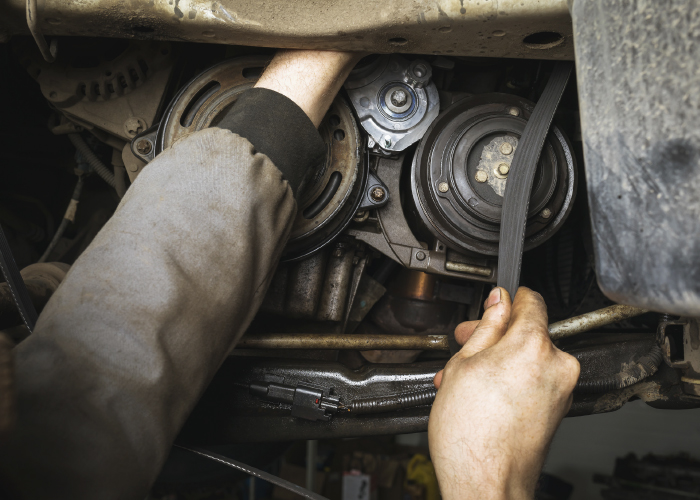
5. PICK IT, CLEAN IT
A good pick can serve as an essential tool to clean the grooves of a pulley. Pieces of the old belt can build up in the grooves over time. If it is not removed, the new belt can become contaminated, and possibly slip or cause noise. Avoid using abrasives like sandpaper and emery that can remove coating but ruin surface finishes.
6. STRETCH IT
Never use a screwdriver or other sharp object to install a stretch belt because if the belt is cut or the surface or grooves of the pulleys are damaged, the belt will eventually fail.
Special tools are available from various tool and belt manufacturers that act as a ramp on the leading edge of the pulley. Some applications will require special tools to hold the belt on the accessory pulley.

